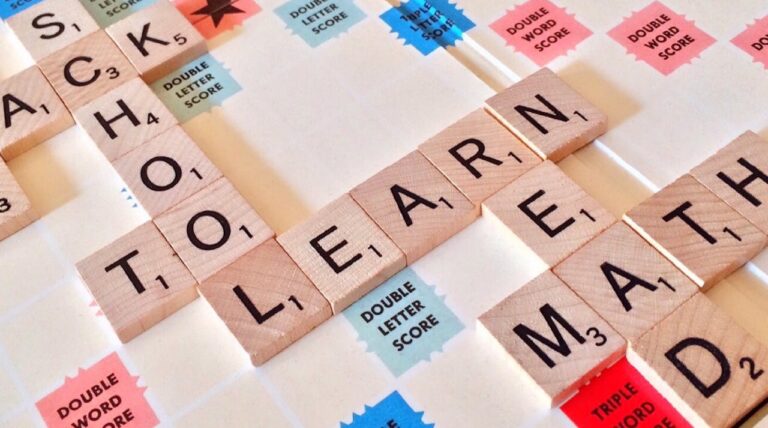How to Prepare Your Child for Gifted & Talented Testing

How can we help our child get into a Gifted and Talented program?
Helping your child get into a Gifted and Talented (G&T) program starts with early support and the right preparation. Begin by understanding your local district’s eligibility criteria—most programs require high scores on standardized tests like the CogAT, NNAT, OLSAT, or Raven’s Matrices. These tests evaluate logic, reasoning, and problem-solving—not just memorization.
To prepare, focus on building your child’s critical thinking and pattern recognition through puzzles, logic games, and age-appropriate brainteasers. Encourage curiosity and independent learning across subjects, especially in math and verbal reasoning. Practice with free sample G&T tests to reduce anxiety and improve familiarity with test formats.
Preparing your child for gifted and talented (G&T) testing can feel overwhelming, especially when the stakes involve placement in advanced academic programs. These tests are designed to identify students with high intellectual abilities or exceptional academic skills. While every district may use slightly different assessments—such as the CogAT, NNAT, OLSAT, or state-developed tests—the strategies to prepare your child remain largely consistent.
Here’s a guide to help parents support their child’s readiness and confidence for G&T testing.
Understand the Test Format and Content
The first step is to understand which test your child will take. Common gifted assessments include:
CogAT (Cognitive Abilities Test): Measures reasoning abilities in verbal, quantitative, and nonverbal formats.
NNAT (Naglieri Nonverbal Ability Test): Focuses on nonverbal problem-solving using patterns and shapes.
OLSAT (Otis-Lennon School Ability Test): Assesses verbal and nonverbal reasoning skills.
State or district-specific tests: Some areas develop their own G&T exams or combine achievement scores with cognitive testing.
Once you know the test, review sample questions and structure. Understanding the question types helps reduce anxiety and gives your child a sense of what to expect.
Build Foundational Skills
Gifted tests often assess abstract reasoning, pattern recognition, and logic—not just academic knowledge. To build those skills:
Practice puzzles and brainteasers. Logic games, mazes, Sudoku, and pattern-matching activities strengthen nonverbal reasoning.
Encourage reading. A rich vocabulary and strong comprehension skills help in verbal sections.
Explore math in everyday life. Look for patterns, estimate costs during shopping, or discuss time and distance—this supports quantitative reasoning.
Use educational apps. There are apps and websites tailored to gifted test preparation that present material in fun and interactive ways.
Create a Low-Pressure Learning Environment
High-pressure test prep can backfire. Instead, create a supportive space where curiosity and problem-solving are encouraged:
Focus on learning and growth rather than test scores.
Encourage your child to ask questions and explain their thinking.
Praise effort and persistence, not just correct answers.
The goal is to foster a mindset where your child enjoys challenges and sees mistakes as learning opportunities.
Practice with Sample Tests
Use age-appropriate practice tests that reflect the test your child will take. Practicing under realistic conditions helps:
Familiarize your child with timed settings.
Develop strategies for handling difficult questions (e.g., eliminate wrong answers, skip and return).
Improve focus and endurance.
Start with short sessions and gradually build up. Reviewing incorrect answers together can also lead to valuable learning moments.
Support Emotional and Mental Readiness
Test-taking isn’t just about knowledge—it also requires emotional resilience. Help your child prepare mentally by:
Building confidence. Remind them that one test doesn’t define their abilities.
Teaching stress management. Deep breathing, visualization, and positive self-talk are helpful tools.
Maintaining routines. Ensure your child is well-rested, hydrated, and nourished before testing day.
A calm, well-prepared child is more likely to perform to their potential.
Communicate with Teachers and Schools
Teachers can offer insights into your child’s strengths and areas for growth. Ask:
Which areas does my child excel in?
Are there resources or enrichment activities recommended for preparation?
How can we support learning at home?
Schools may also host G&T information sessions or provide sample materials, which are valuable additions to your prep plan.
FAQ
Most children are tested between ages 4 and 10, depending on district policies. Ideally, start informal preparation 3–6 months before the test to build familiarity without pressure.
Contact your school district or check their website. They’ll provide details about the specific test used (e.g., CogAT, NNAT, OLSAT) and the testing timeline.
Yes. Focus on logic games, puzzles, math in daily life, and reading books together. These activities build the skills tested in a natural, engaging way.
Yes. Many websites offer free sample questions and practice tests for CogAT, NNAT, and OLSAT. Public libraries may also have prep books you can borrow.
Yes. Tests like the NNAT are nonverbal and designed to minimize language bias. Parents can ask schools about accommodations and culturally responsive testing practices.
Qualifying scores vary by district, but many programs look for scores in the top 2–5% nationally. Some use percentile ranks, while others rely on composite or standard age scores.






